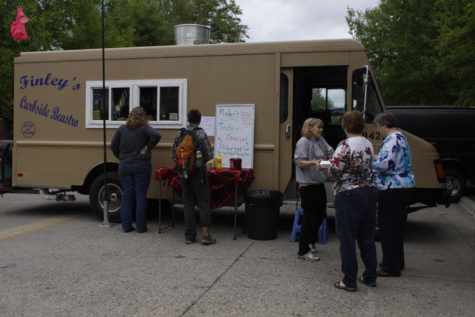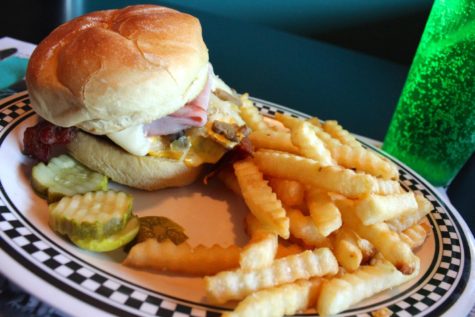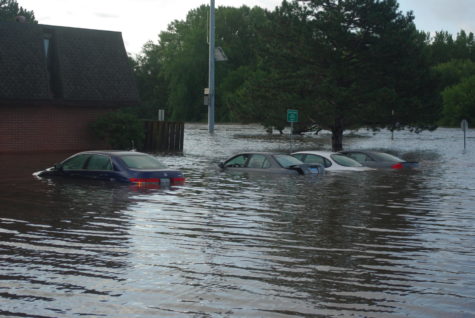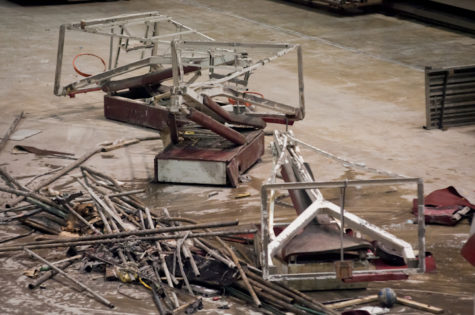Floods ’10: What is safe to eat?
August 11, 2010
With the floodwaters filling the streets of Ames, residents are finding their homes filling with water. After floodwaters hit and the power goes out, what is safe to eat?
Pantry Items
Food that has come in direct contact with floodwater is unsafe and should be thrown out, as should food from containers that are not waterproof that have come in contact with water. Metal cans and retort pouches that have come in contact with floodwaters are safe to eat if properly cleaned. To ensure your canned and pouched food is safe, perform the following:
- Remove labels, thoroughly wash with soap and hot water if available, rinse with clean drinking water, soak in boiling water for two minutes. If boiling water is unavailable, soak in a bleach-water solution (1 tablespoon bleach to 1 gallon of drinking water) for 15 minutes. Let air dry for one hour before relabeling, storing or eating.
Refrigerated and Frozen Items
If the power goes out, foods in the refrigerator and freezer could spoil; check for safety before eating. Frozen and perishable foods warmer than 40° F for two hours are unsafe to eat or refreeze, and should be thrown away. Check each item individually — if the food is 40° F or colder, it can be eaten or put back into a working freezer. Items in the refrigerator are safe to eat for four hours after losing power, after four hours refrigerated food should be thrown away. Keep refrigerator and freezer doors closed as much as possible to keep cool air inside until the power comes back on.
Garden Items
Gardens covered by floodwaters can cause concern for the safety of the produce in them. Any produce that came in contact with floodwater at the blossom stage or earlier are safe to eat at the time of harvest, clean thoroughly before eating to be safe. Produce covered with floodwaters at the harvest stage are unsafe unless:
- The produce is a root, tuber, or bulb. Produce in this form are safe to eat after being thoroughly washed, peeled and cooked.
- The produce has a protective skin or fruit. In this case, produce should also be thoroughly washed, peeled and cooked before being consumed.
Drinking Water
If your home has been flooded, it is likely the water is unsafe for drinking. To ensure your water is safe, use clean bottled water if available. If bottled water is not available, boiling water is the next best option. Water should be boiled for one minute and cooled before use or storage. If boiling water is not an option, water can be sterilized by adding 1/8 teaspoon of bleach to one gallon of water. Let sit for 15 minutes before use or storage. To check the status of a flooded well, a test kit should be obtained to determine if the water is safe. If not, the same precautions as above should be taken.











